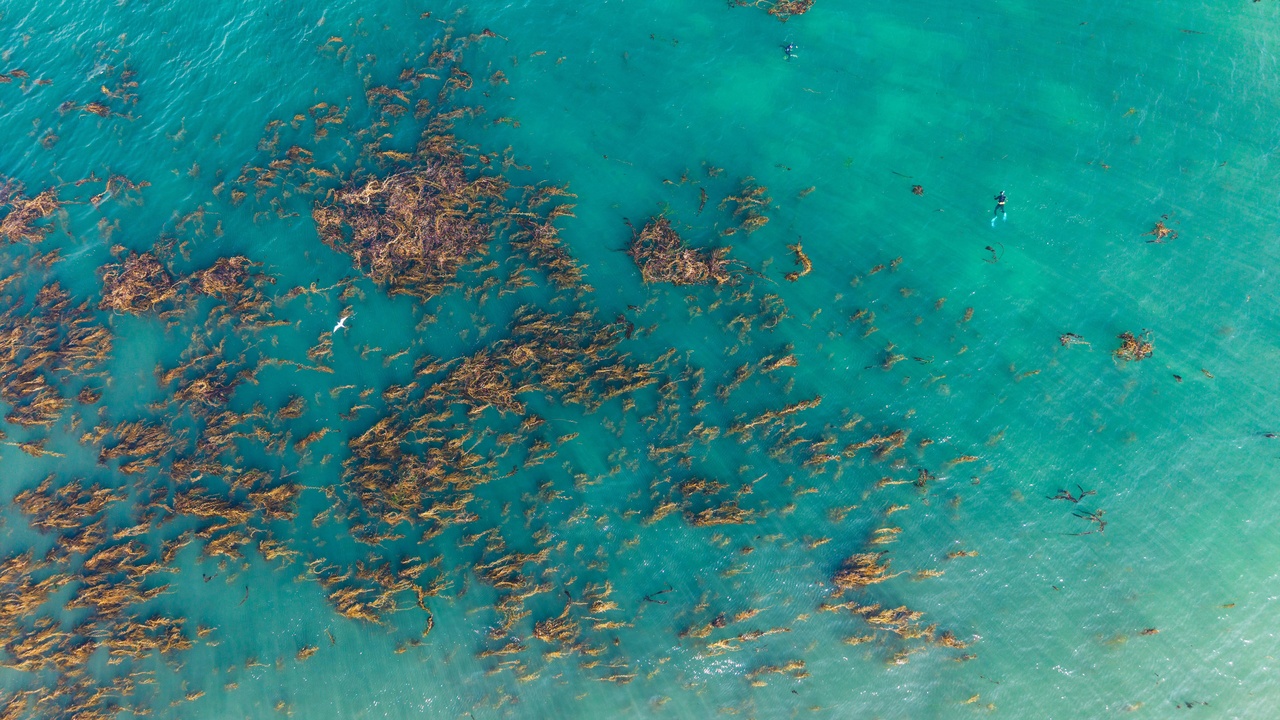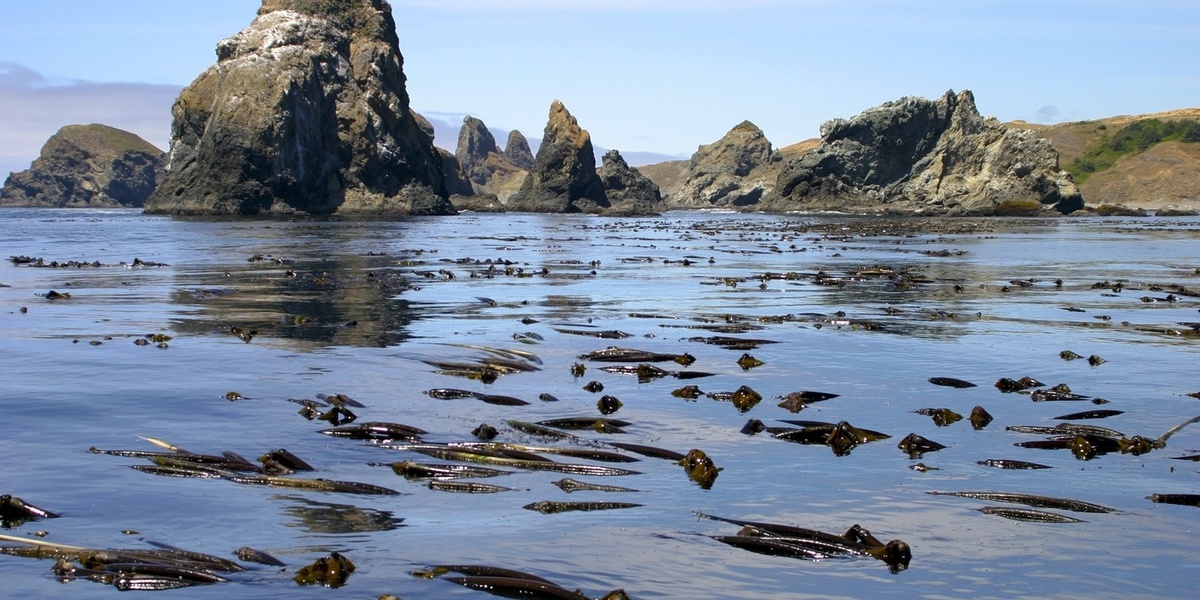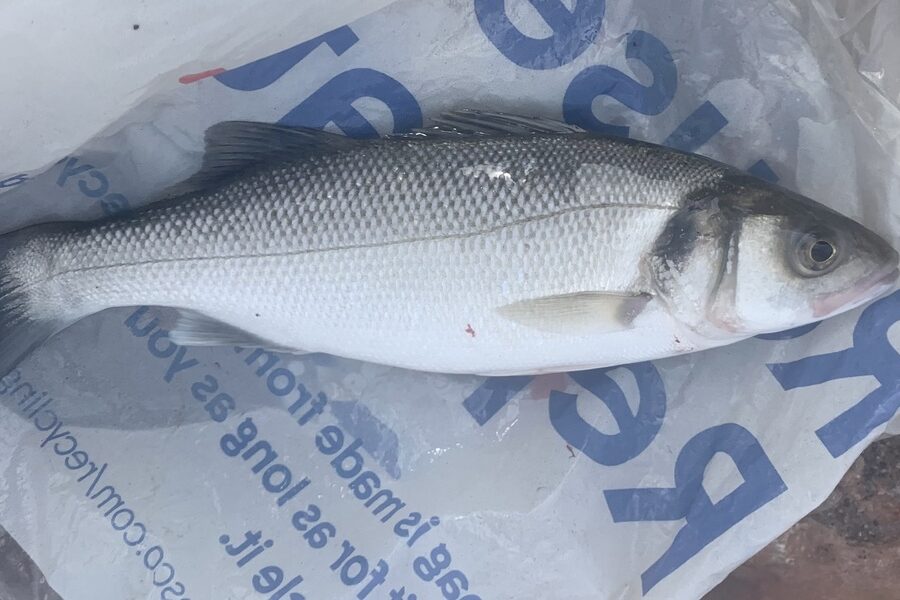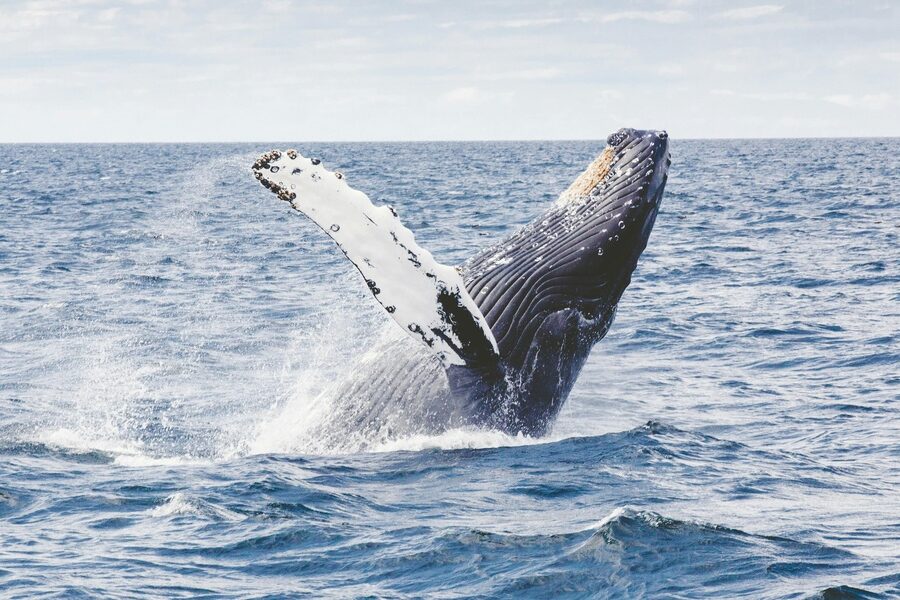Seaweed aquaculture produced more than 30 million tonnes worldwide in recent years, yet the word “seaweed” hides a surprising variety — and kelp is just one distinct chapter of that story.
So what’s the real difference — kelp vs seaweed — and why should that distinction matter for chefs, coastal managers, and entrepreneurs working with food, climate, or coastal industries?
“Seaweed” is a loose, everyday label that covers three major groups of marine macroalgae: green (Chlorophyta), red (Rhodophyta), and brown algae (Phaeophyceae). Kelp are a particular set of very large brown algae in the order Laminariales.
Understanding taxonomy, anatomy, ecology, and industry differences helps you pick the right species for sushi, shore restoration, or a startup using alginate. (Think sushi nori on a plate versus a towering kelp forest offshore.)
The seven numbered differences below are grouped into three categories: biology & taxonomy; ecology & habitat; and human uses & management.
Biological and Taxonomic Differences

This category covers formal classification, physical anatomy, and life-cycle traits that set kelp apart from many other seaweeds. “Seaweed” groups multiple phyla—green, red and brown algae—while kelp are true brown algae in Laminariales and tend to be among the largest macroalgae.
We’ll look at three specific differences: taxonomy, specialized kelp anatomy, and reproductive strategies—each with practical implications for chefs, aquaculturists, and restoration practitioners.
1. Taxonomy: Kelp is a subset; seaweed is a catch-all
Seaweed is an informal umbrella term for marine macroalgae across three major groups: green (Chlorophyta), red (Rhodophyta), and brown algae (Phaeophyceae).
Kelp belong to that brown-algae group and specifically to the order Laminariales; familiar genera include Macrocystis, Laminaria and Saccharina.
Taxonomy matters for industry and cuisine: nori (Porphyra), a red seaweed, is farmed and processed very differently from Macrocystis pyrifera (giant kelp), which is harvested or farmed for alginate and bulk biomass.
Authoritative sources such as NOAA and standard phycology texts make this distinction clear and useful for regulation and product labeling.
2. Structure: Kelp’s holdfasts, stipes, blades, and floats set them apart
Kelp typically have a multicellular architecture with a holdfast (roots-like anchor), one or more stipes (stem-like structures), broad blades for photosynthesis, and often pneumatocysts (gas bladders) that give buoyancy.
Many red and green seaweeds are simpler—thin sheets, filaments, or small branching forms that cling to rock and rarely form tall vertical structures.
That anatomy lets giant kelp form surface canopies: Macrocystis forests can reach 30–45 meters from seafloor to surface and, in ideal conditions, some fronds grow up to ~60 cm per day, creating three-dimensional habitat that supports fisheries and coastal biodiversity (see NOAA kelp ecology literature).
Practical outcome: harvesting gear, transport needs, and ecological impacts differ when you’re removing a forest canopy versus cutting intertidal mats.
3. Reproduction and life cycles vary across groups
Both kelp and many red and green seaweeds exhibit alternation of generations, but the scale and management implications differ.
Kelp have large, visible sporophytes and microscopic gametophytes; commercial kelp farms often cultivate sporophytes from spores or by rearing gametophyte cultures in hatcheries before outplanting juveniles.
By contrast, some red seaweeds are propagated vegetatively (cuttings or clonal thalli) in raft or pond systems, a different technical and regulatory approach for aquaculture and traceability.
These reproductive differences shape restoration methods: kelp recovery efforts frequently rely on spore seeding or hatchery-grown recruits and on managing grazers like sea urchins.
Ecological Roles and Habitats

This category looks at where kelp and other seaweeds grow, the habitats they create, and the ecosystem services they provide—biodiversity support, carbon uptake, and coastal protection.
Kelp forests create tall, three-dimensional habitats that differ sharply from the lower-profile mats and belts formed by many intertidal seaweeds, and those habitat differences cascade through food webs and fisheries.
4. Habitat scale: towering kelp forests versus ground-hugging seaweed beds
Kelp commonly forms dense underwater forests that extend from seafloor to surface, while many seaweeds—like intertidal Fucus or Ascophyllum—form belts or mats just centimeters to a few meters tall.
For example, Macrocystis off California builds canopies 30–45 m high and supports species such as rockfish, abalone, and sea otters; intertidal rockweed beds in the North Atlantic host different invertebrates and shorebirds.
Because of vertical structure, kelp forests provide niche space, refuge, and feeding grounds that boost local species richness and have high fisheries value in many regions.
5. Ecosystem services: carbon uptake, biodiversity, and shoreline protection
Macroalgae are productive coastal primary producers; kelp forests in particular sequester carbon locally, export detritus that fuels offshore food webs, and offer nursery habitat for commercially important fish.
Global seaweed aquaculture production (more than 30 million tonnes) shows the scale of the resource and its economic importance, but quantifying long-term carbon sequestration by macroalgae varies across studies and systems.
Restoration projects often cite multiple co-benefits: recovering kelp forests can rebuild abalone habitat, increase local catches, and modestly reduce wave energy nearshore, though the degree of shoreline protection depends on local bathymetry and exposure.
Managers and funders should treat carbon claims with caution and emphasize biodiversity and fisheries benefits alongside potential climate services.
Human Uses, Industry, and Management

This category covers commercial uses—food, hydrocolloids, fertilizers, bio-products—plus farming methods and regulatory challenges. Size, biochemical composition and habitat shape what each species is best used for and how it’s managed.
Below are two key differences in market role and in how we farm and regulate these macroalgae.
6. Industrial uses: alginates, food, fertilizers, and more
Different seaweed groups supply distinct industrial niches. Brown algae like kelp are a major source of alginate, a versatile extract used as a thickener, stabilizer and encapsulant in food, pharmaceuticals and textiles.
Red seaweeds supply carrageenan for dairy and meat products, and nori (Porphyra) is a food product consumed directly and produced at scale in Japan and Korea.
Beyond extracts, kelp is marketed as soil conditioner, animal feed additive and raw biomass for emerging biofuel or bioplastics pilots (companies such as Sea6 Energy and Ocean Harvest Technology have pursued industrial-scale applications).
Industry fact: more than 30 million tonnes of seaweed are produced annually by aquaculture worldwide, but product value and processing requirements differ sharply by species and end use.
7. Farming, harvest, and management: methods and regulations differ
Kelp farming typically uses subtidal longlines or anchored ropes that let juvenile sporophytes grow into tall plants, while many red and green species are cultured on ropes, rafts, or in ponds closer to the surface or intertidal zone.
Wild kelp harvest involves different permits and ecological risks than collecting intertidal seaweed; removing canopy kelp alters habitat complexity in ways that affect fisheries and shoreline processes.
Restoration work is also species-specific: kelp restoration often includes hatchery-grown recruits, spore seeding, and urchin control, whereas community-based raft culture of red seaweeds (e.g., in the Philippines or Japan) focuses on production and livelihoods.
Regulatory needs span marine spatial planning, permitting for aquaculture gear, harvest quotas, and genetic monitoring to avoid unintended mixing of stocks.
Summary
- Kelp are a defined subgroup of brown algae, while “seaweed” describes multiple macroalgal phyla—taxonomic identity matters for chefs, regulators, and buyers.
- Kelp’s specialized anatomy (holdfast, stipe, blades, pneumatocysts) enables three-dimensional forests that support different species and services than low-lying intertidal seaweed beds.
- Reproductive biology and cultivation methods differ: kelp farms often start from spores or gametophytes and use longlines; many red/green species are grown on ropes, rafts, or in ponds.
- Industrial uses diverge by chemistry—kelp for alginate and bulk biomass; red seaweeds for carrageenan and nori—so processing, markets, and value chains vary.
- When buying seaweed products or supporting projects, check species labels (nori vs. kelp), favor sustainable harvest or certified farms, and support restoration efforts that match local ecology.





